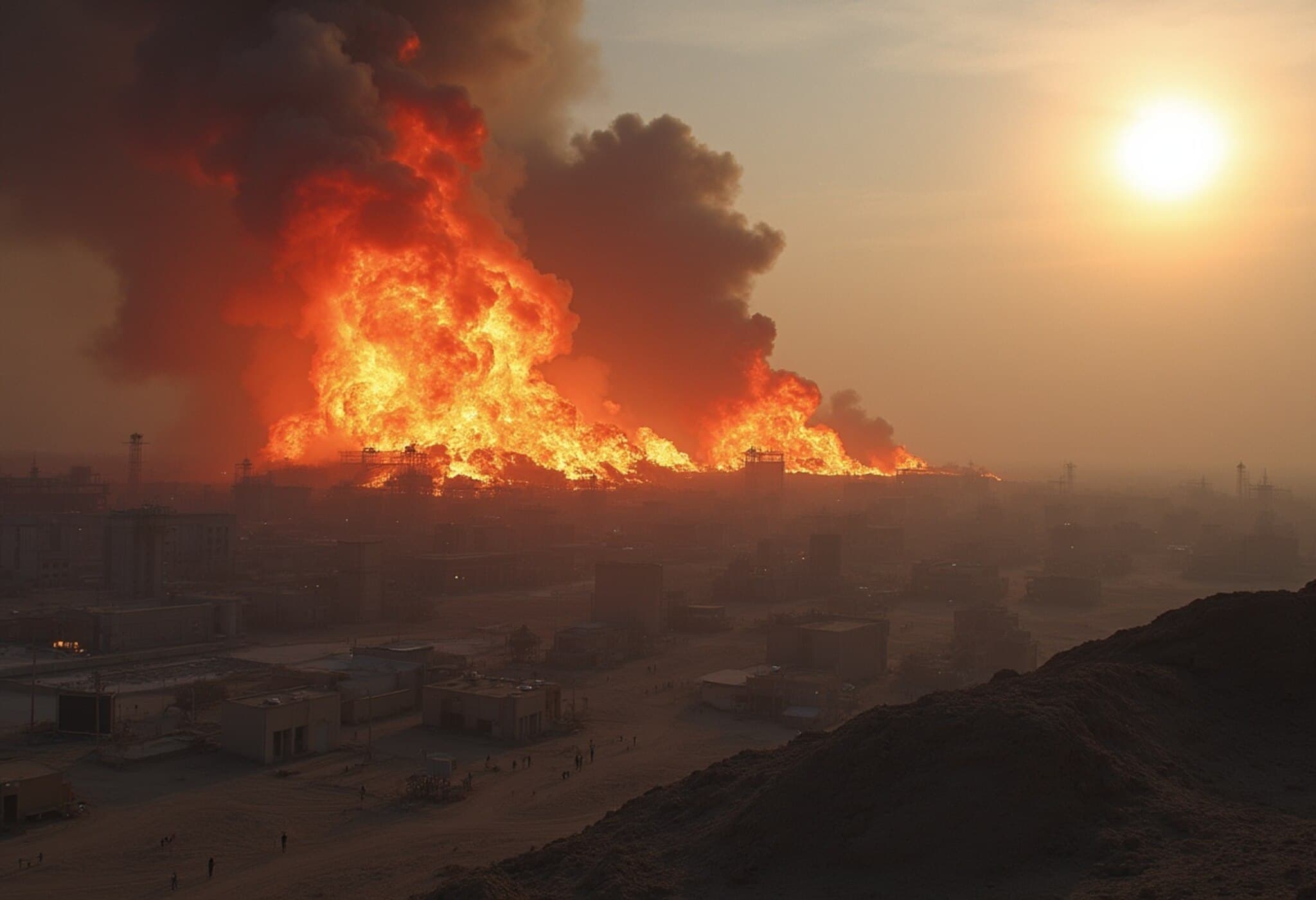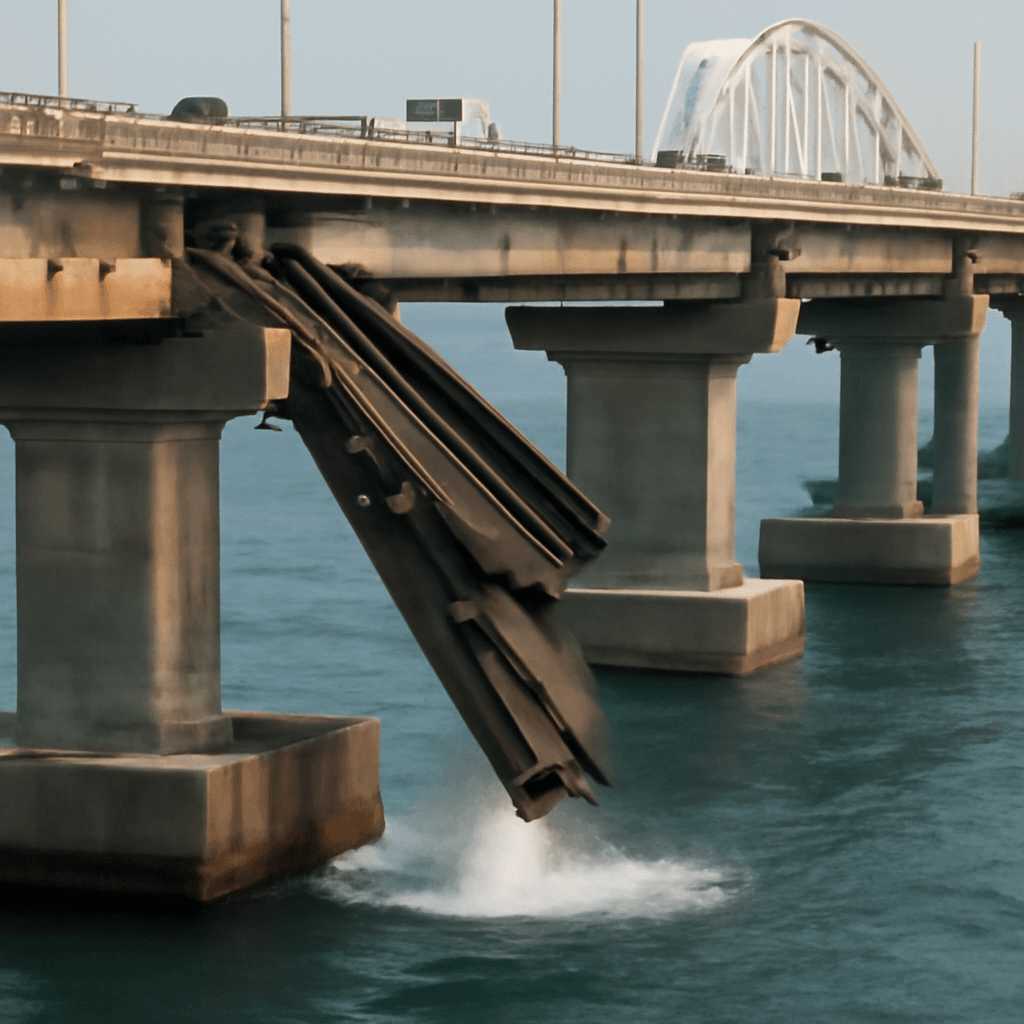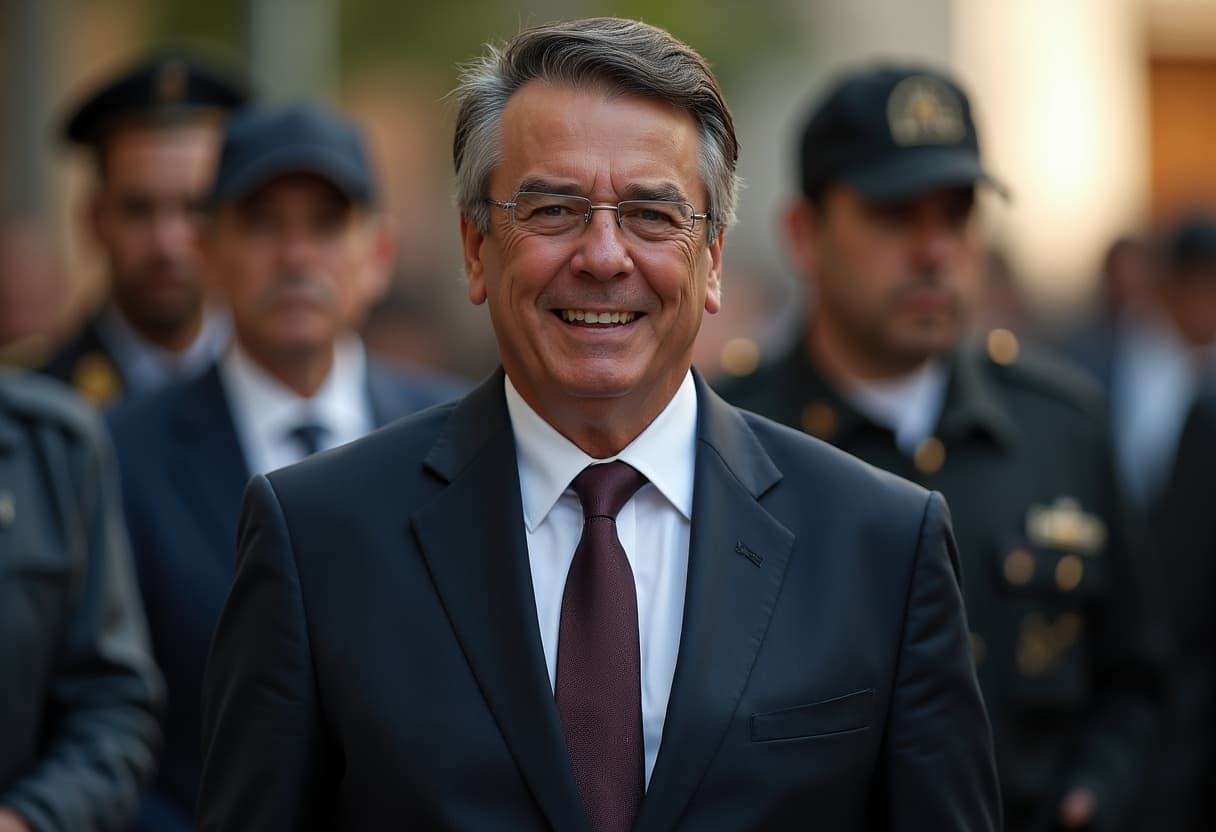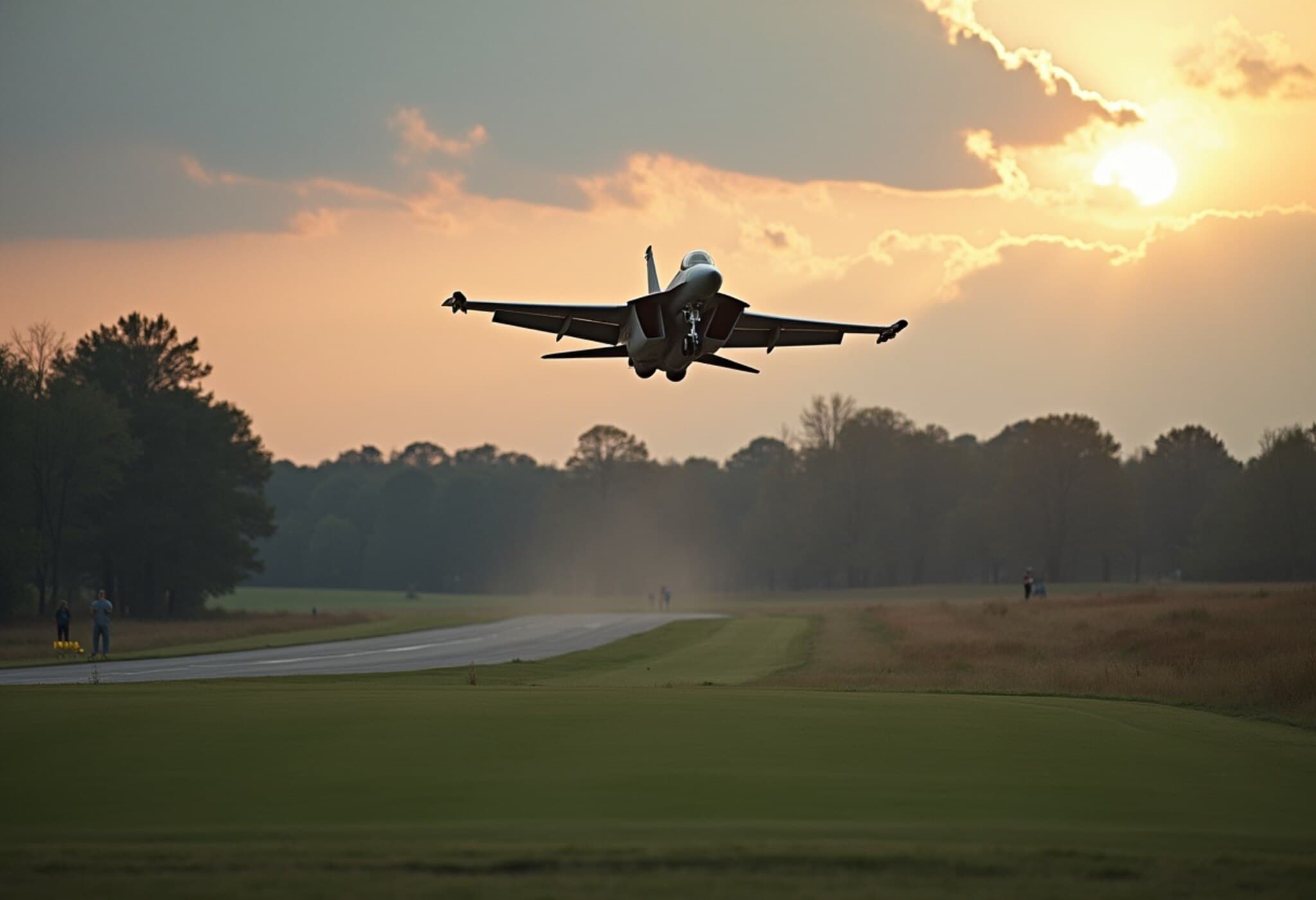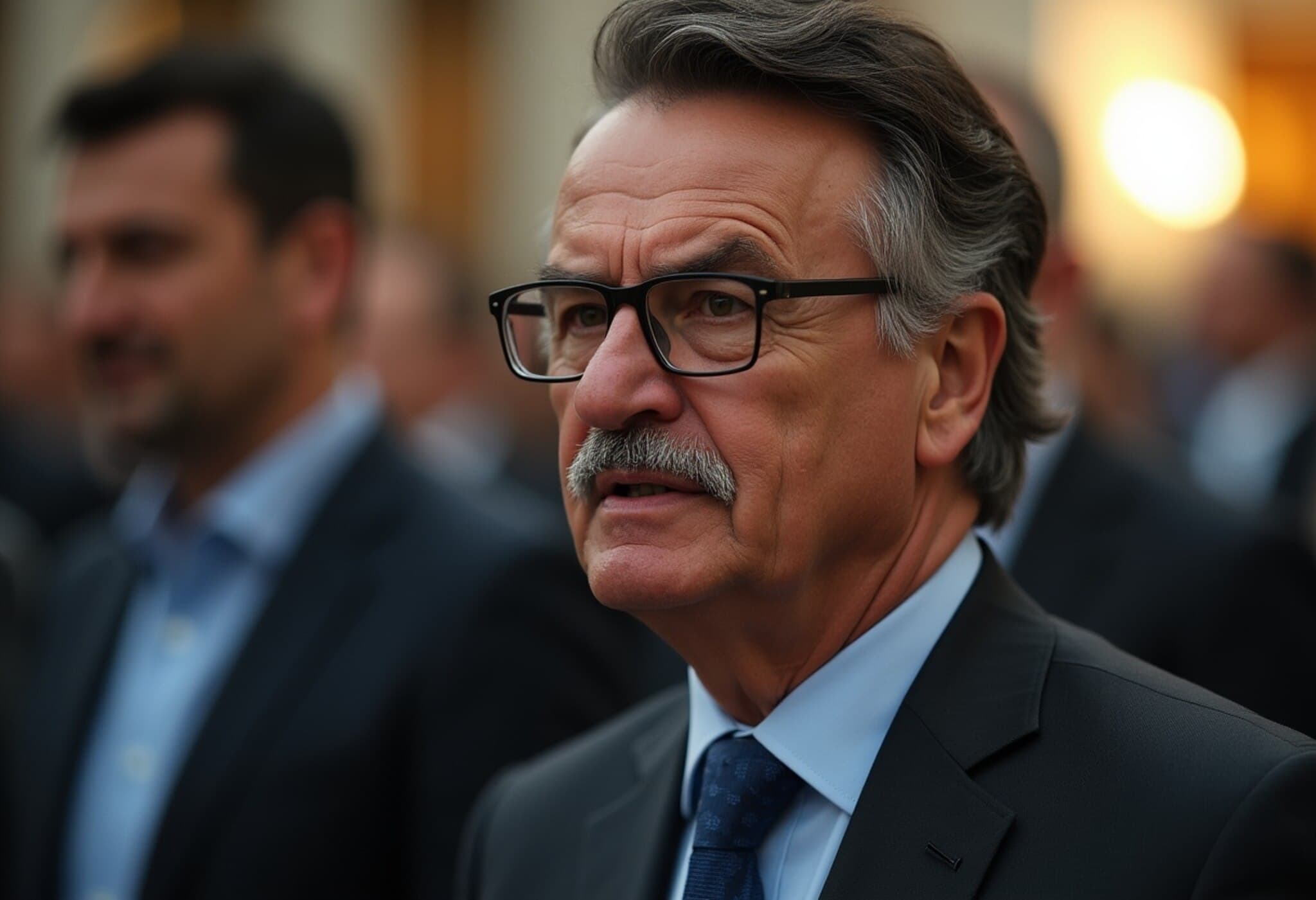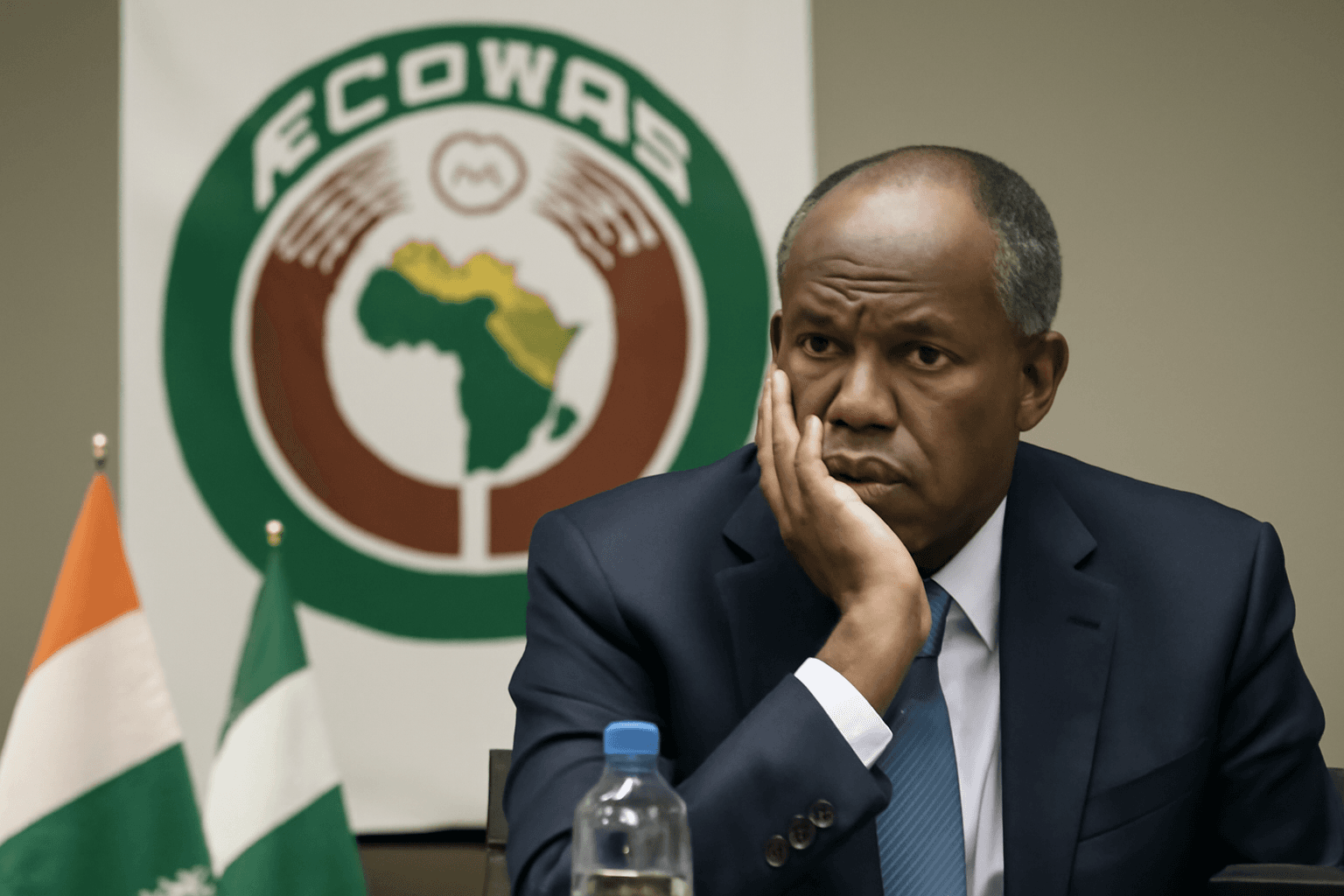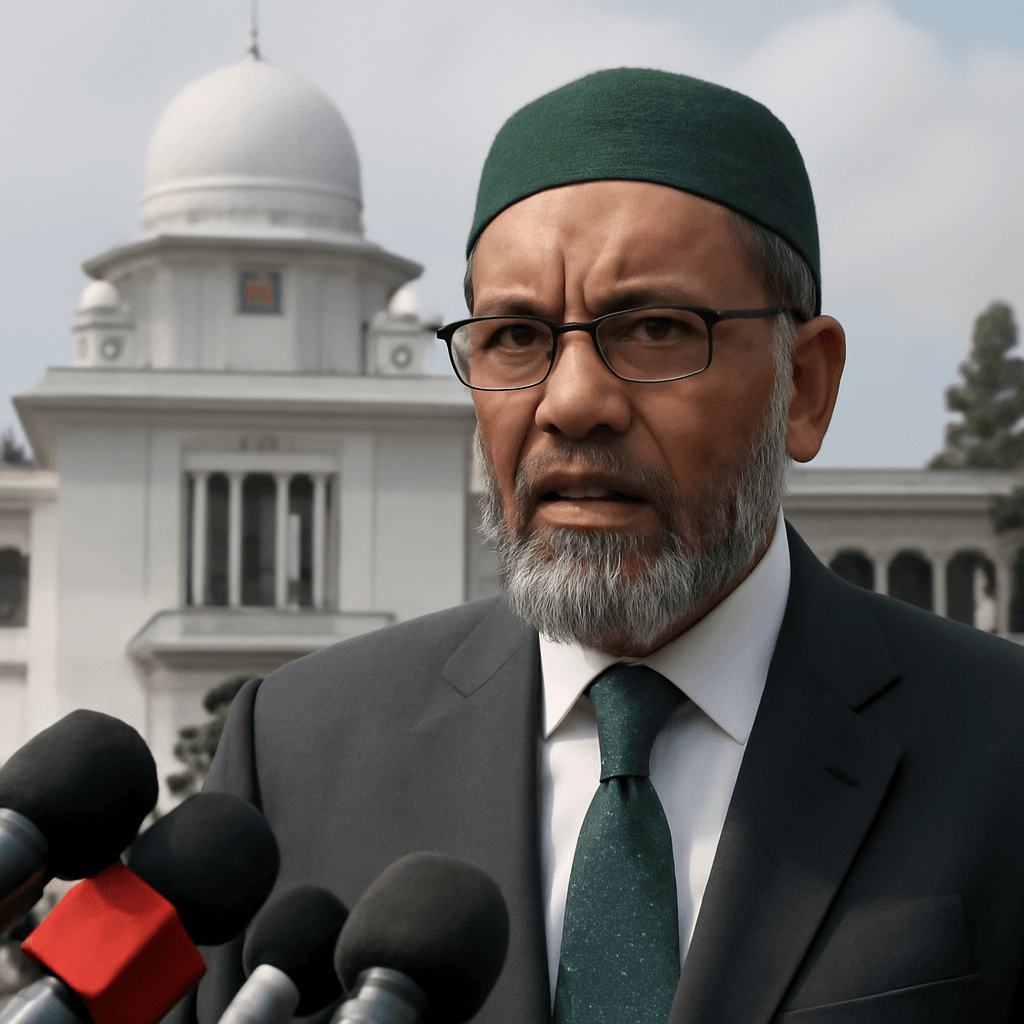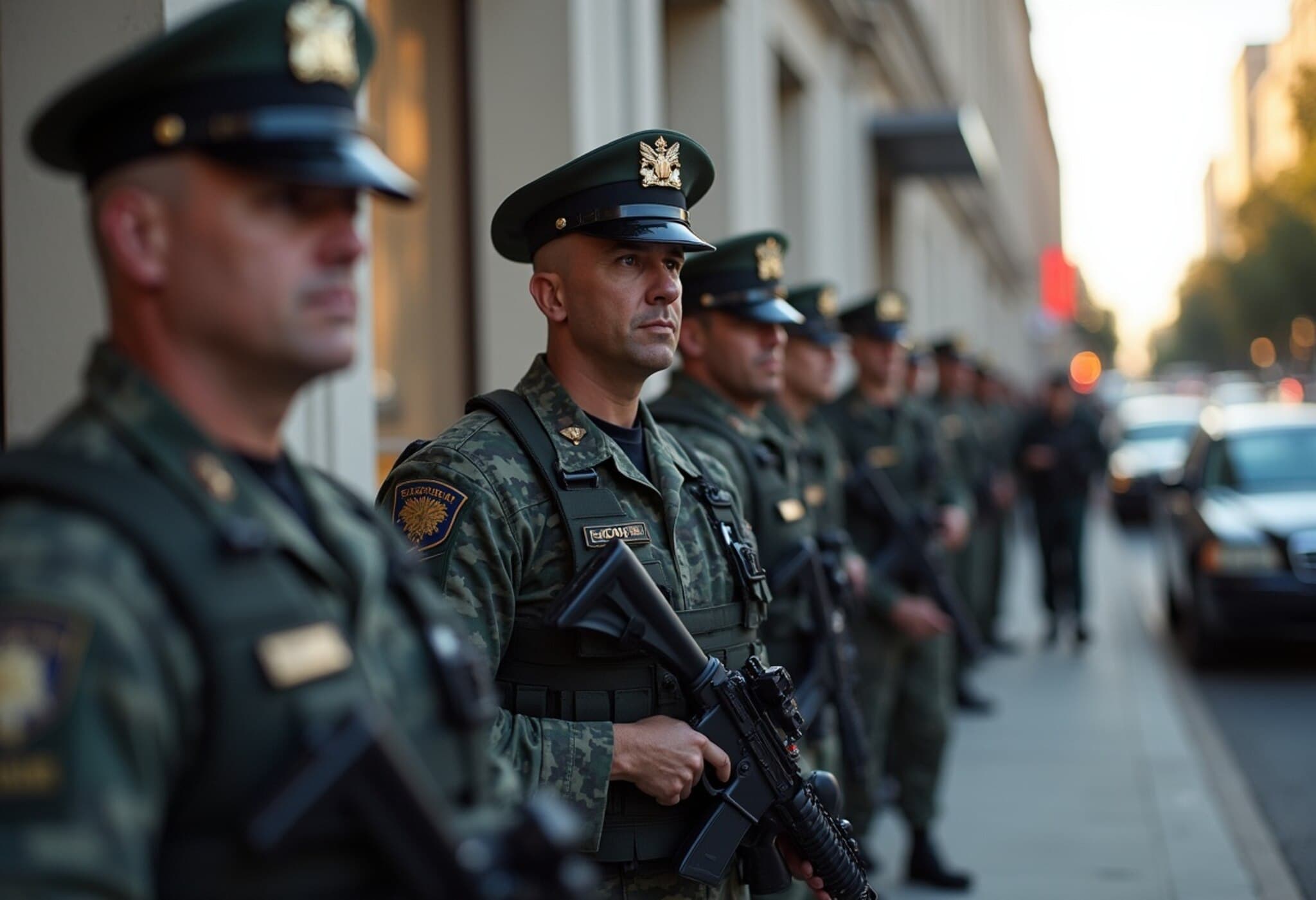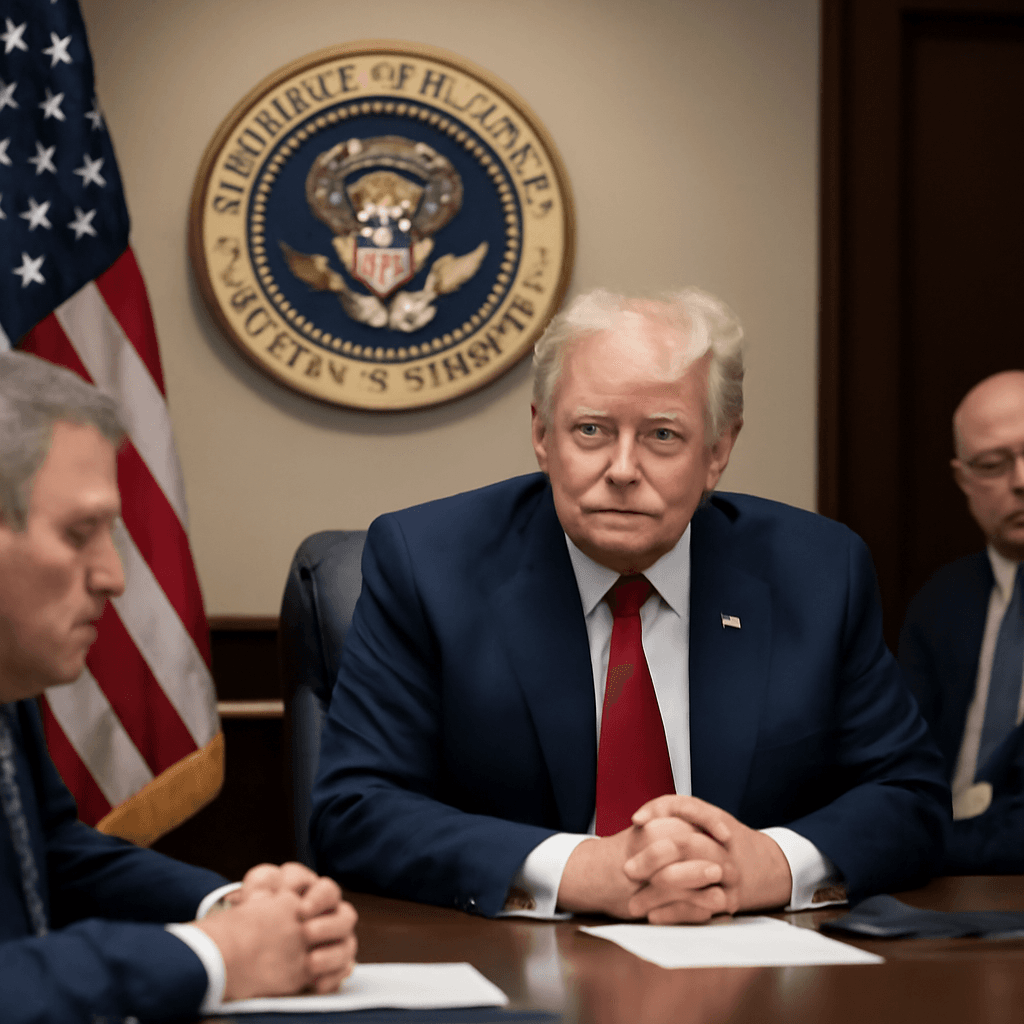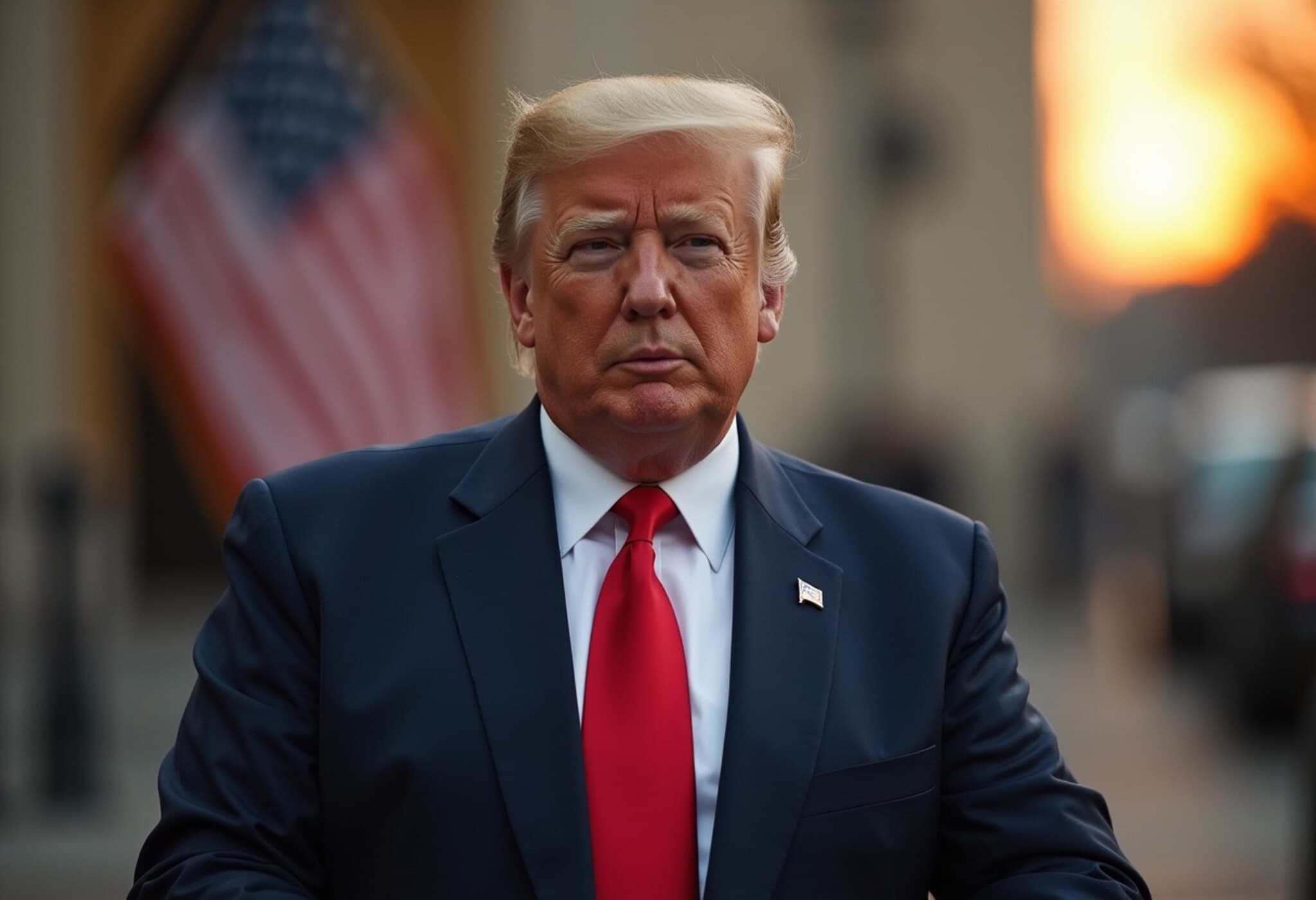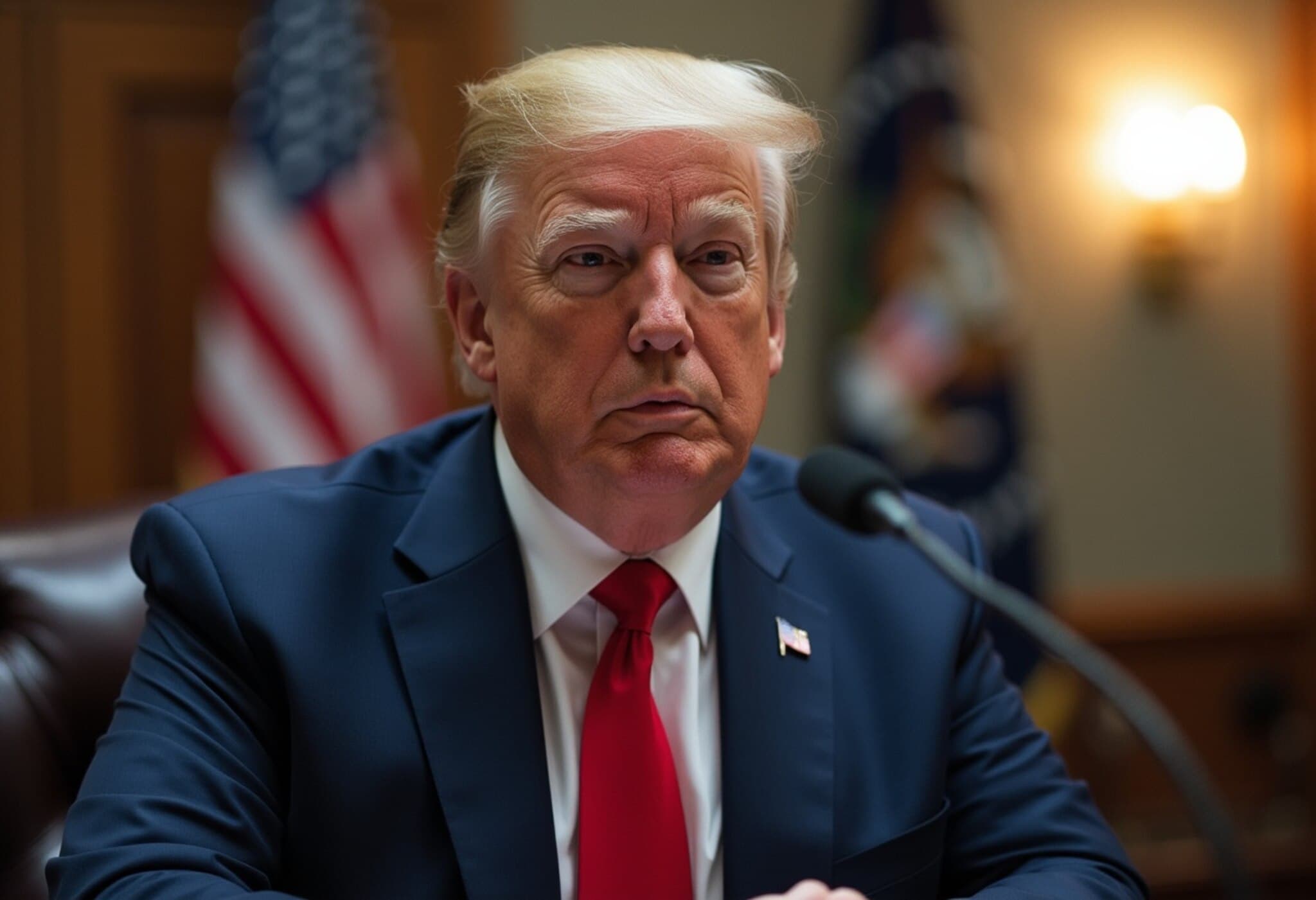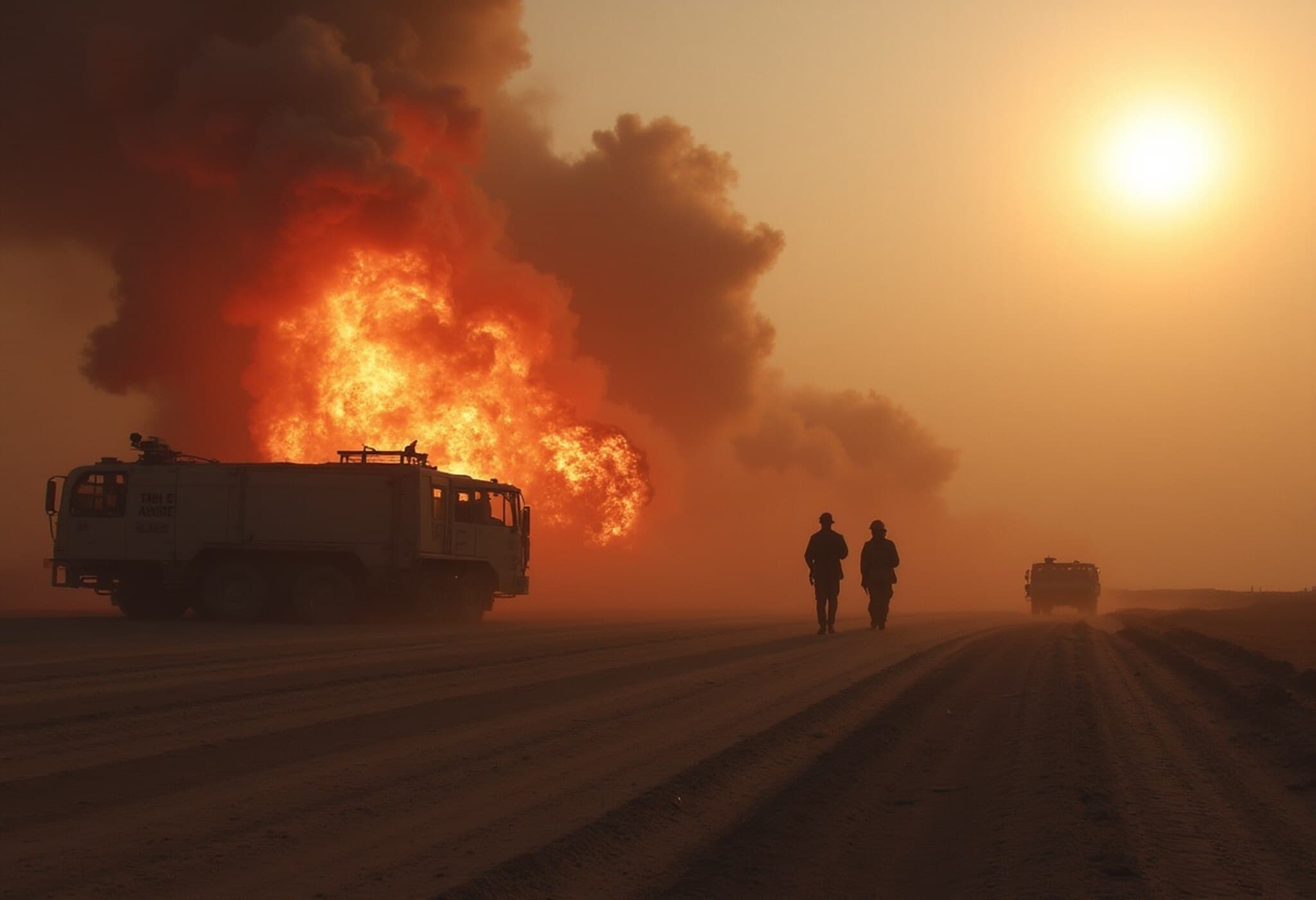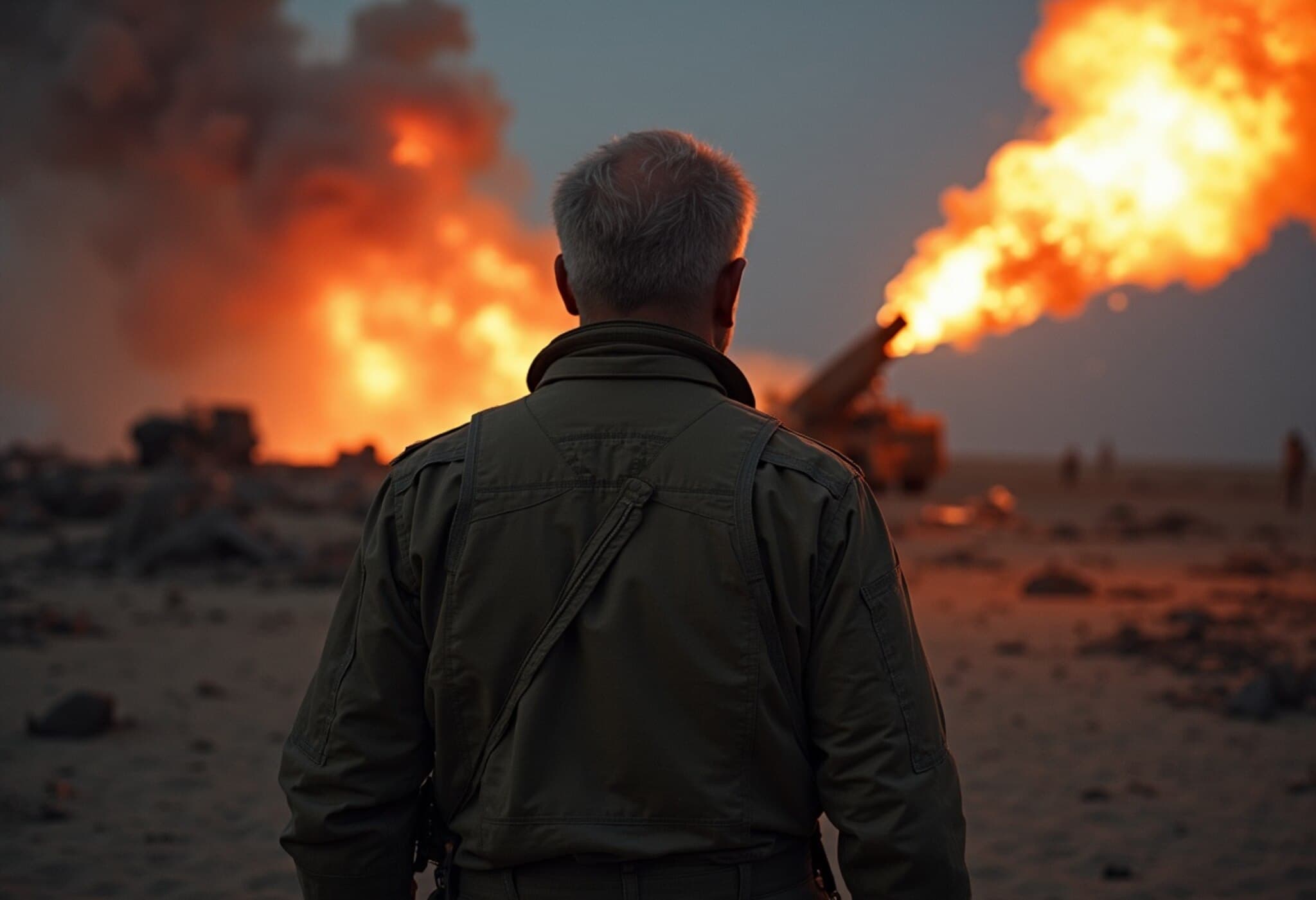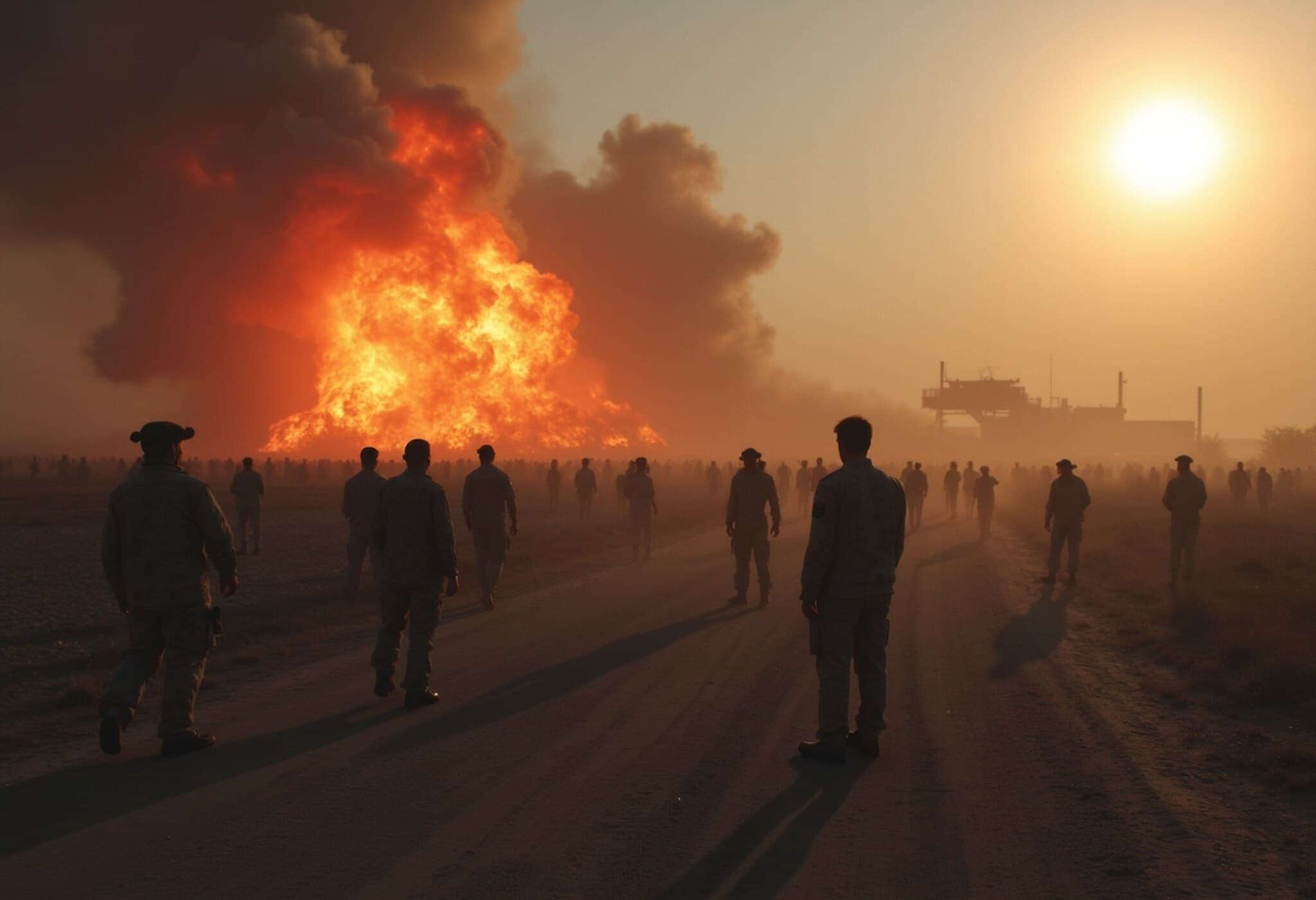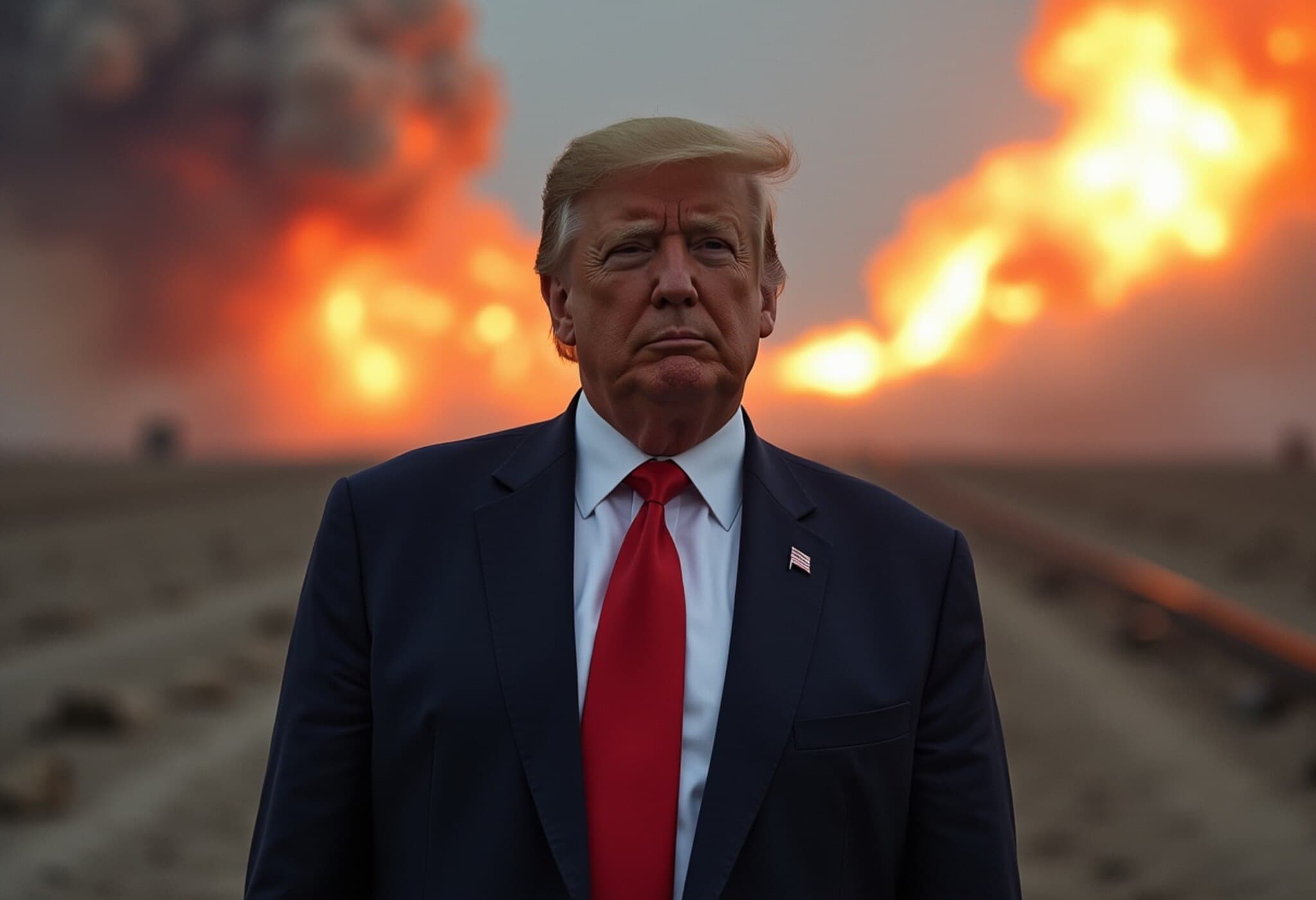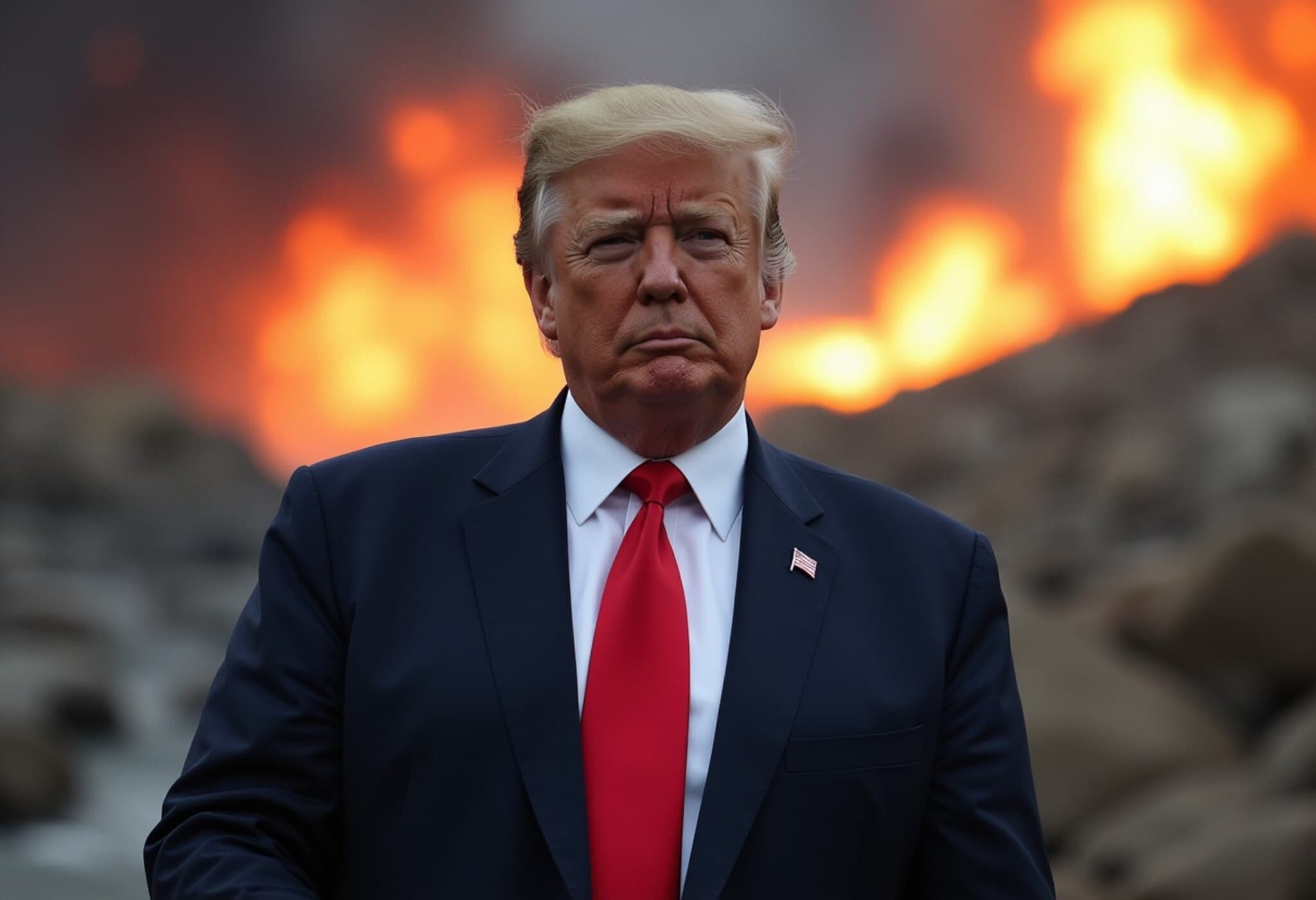Trump Declares 'Monumental Damage' from US Strikes on Iran's Nuclear Facilities
On June 22, 2025, former US President Donald Trump took to social media to assert that recent US military actions inflicted severe damage on Iran’s nuclear infrastructure. Sharing satellite images, Trump described the strikes as an “obliteration” of Iran’s key nuclear sites.
Operation Midnight Hammer Targets Key Nuclear Sites
The US conducted an operation, dubbed 'Operation Midnight Hammer,' targeting three crucial Iranian nuclear locations: Fordow, Isfahan, and Natanz. According to Trump, these strikes aimed to dismantle Iran’s nuclear enrichment capabilities and curb the nuclear threat posed by the nation, which the US classifies as the world's leading sponsor of terrorism.
Trump emphasized the precision of the attacks, noting that some of the biggest damages happened deep underground. He highlighted a white structure embedded in rock—whose roof lies below ground level and is shielded from flames—as one of the hardest-hit sites. “Bullseye!” he wrote, signaling the effectiveness of the strikes.
Iran Downplays Impact; Radiation Levels Report No Contamination
Contrasting Trump’s claims, Iranian officials have downplayed the effect of the US strikes. State media relayed statements from the National Nuclear Safety System Centre, assuring that no radioactive contamination was detected at the targeted facilities. These include Isfahan, Fordow, and Natanz.
The center reported that radiation sensors around the sites showed no radioactive release after the attacks, reassuring residents living nearby that there is no danger to their safety. This official stance suggests Iran’s preparedness and resilience in face of such military strikes.
Experts Weigh In: Iran Might Have Safeguarded Valuable Materials
Some experts believe Iran anticipated such attacks and may have relocated its most sensitive nuclear materials before the strikes took place. In particular, it is suggested that the country moved its near weapons-grade highly enriched uranium stockpiles from Fordow to undisclosed locations unknown to both US and Israeli intelligence.
Jeffrey Lewis of the Middlebury Institute of International Studies commented on the aftermath: “You can’t with great confidence do anything but set back their nuclear program by maybe a few years. There are almost certainly facilities that we don’t know about.”
Looking Ahead: The Nuclear Standoff Remains Complex
While the US views the strikes as a decisive move to halt Iran’s nuclear ambitions, the reality on the ground remains layered and uncertain. Iran’s nuclear program appears resilient, while intelligence gaps remain concerning undisclosed facilities and materials.
This latest episode marks a continuation of growing tensions between the US and Iran, underscoring the challenges in preventing nuclear proliferation in the Middle East.

